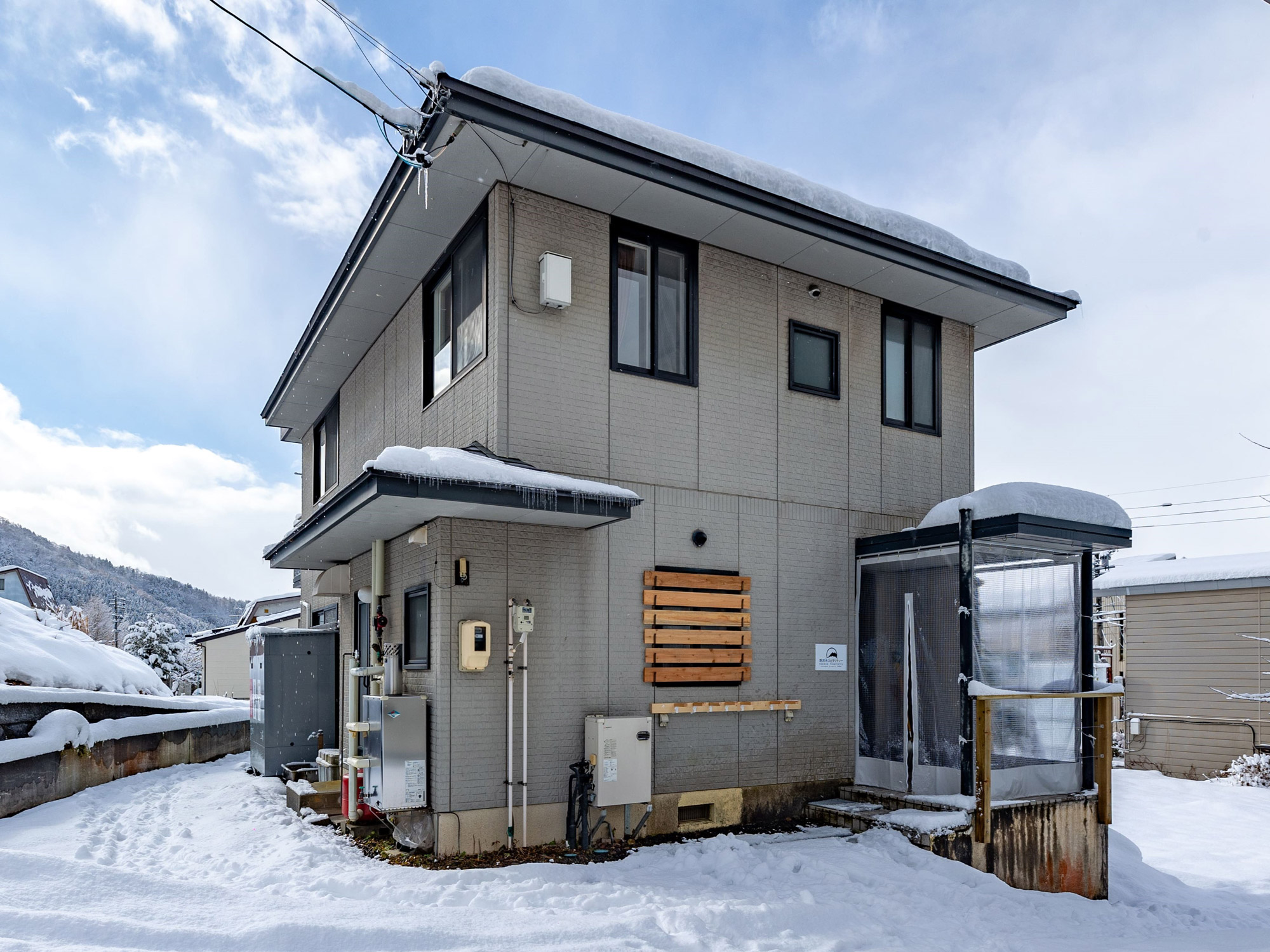by Kazuo Uehara, a local editor
Looking back at the skiing history of Nozawa Onsen, skis were first seen at Mukobayashi in 1912, followed by the first recorded ski jump in 1922. Despite the nationwide recession following the Great Kanto Earthquake of 1923, in 1924-25, permanent ski jumps were set up at Oinusan (the top of today’s Hikage slope) and Hikage itself. During the global Great Depression of 1929, the ski jumps were refurbished, and athletes from Norway were invited to participate in an international competition.

Originally, skiing in Japan had its own unique style. However in 1930, Austria’s Hans Schneider presented the technique of alpine skiing in the village. Following that, the 5th Meiji Jingu ski competition was held in the village, followed by All-Japan competitions, All-Japan school competitions, the Schneider cup, etc; all were held in Nozawa Onsen. In the post-war period, the resort’s first lift, at Hikage, was completed in 1950. While hosting various competitions such as the Nagano Prefecture ski competitions, the second lift was completed in 1954. Athletes from all over the world came to compete in ski competitions in Nozawa Onsen, and in particular with input from Finnish ski-jump athletes, the village became something of a cross-cultural centre.

The third lift was completed in 1959, and in 1963, another three lifts were added. Around this time, coinciding with a period of high growth for the Japanese economy, the first “ski boom” arrived, seeing large groups of young people arriving on overnight buses from the cities on ski tours. The country was then hit by the 1970’s oil shocks, but Nozawa Onsen pulled through by continuing to invest, and attracting the National Sports Festival. In 1979, the gondola opened, at the time the best gondola in Asia. The second ski boom, around this time, then ended with the bursting of the bubble economy in 1990.

Even though there was a great deal of investment in ski infrastructure for Interski (the international congress for ski instructors) in 1995, and the Olympics in 1998 guest numbers did not rise again, and in 2005 there was even a serious discussion about merging the village with Iiyama City. In October of the same year, the Nozawa Onsen ski area was formalised as a company owned by the village. It was around this time that inbound guests started to discover Nozawa Onsen, and in 2007 a group of 17 of the village’s accommodations formed an association to promote inbound tourism. Despite the financial crisis of 2009 and the great East Japan earthquake of 2011, the number of inbound guests increased tenfold in 10 years.

The initiative to welcome visitors from overseas is a major contribution to the village. Even though the outlook for the Japanese economy may at times be uncertain, by looking back at the 100 years of history of the ski resort here, it’s clear that the people of Nozawa Onsen are prepared consistently to invest in new and novel projects, regardless of the state of the overall economy at any given time. The village’s focus on attracting sporting events and competitions, and emphasis on international outreach even since before the world wars, has created a solid foundation for welcoming foreign guests. Alongside the village’s tradition of forward- and outward-looking investment, is a deeply held attachment to its centuries-old culture; it’s fair to say that, for the village, the objective of continual investment is to enable a continuation of their way of life.

The new Nagasaka gondola and its facilities at both the bottom and top stations, was explicitly designed for all-year usage, and much of the resort's mountain investment now is focussed on the burgeoning green season. Looking forward, the gondola provides a new springboard for the village to continue to be attractive for competitions and events, and to welcome guests from wherever they come from and whatever their interests.








-min.jpg)



.jpg)


.png)

.png)
.jpg)
















%20(1).jpg)
















.png)













